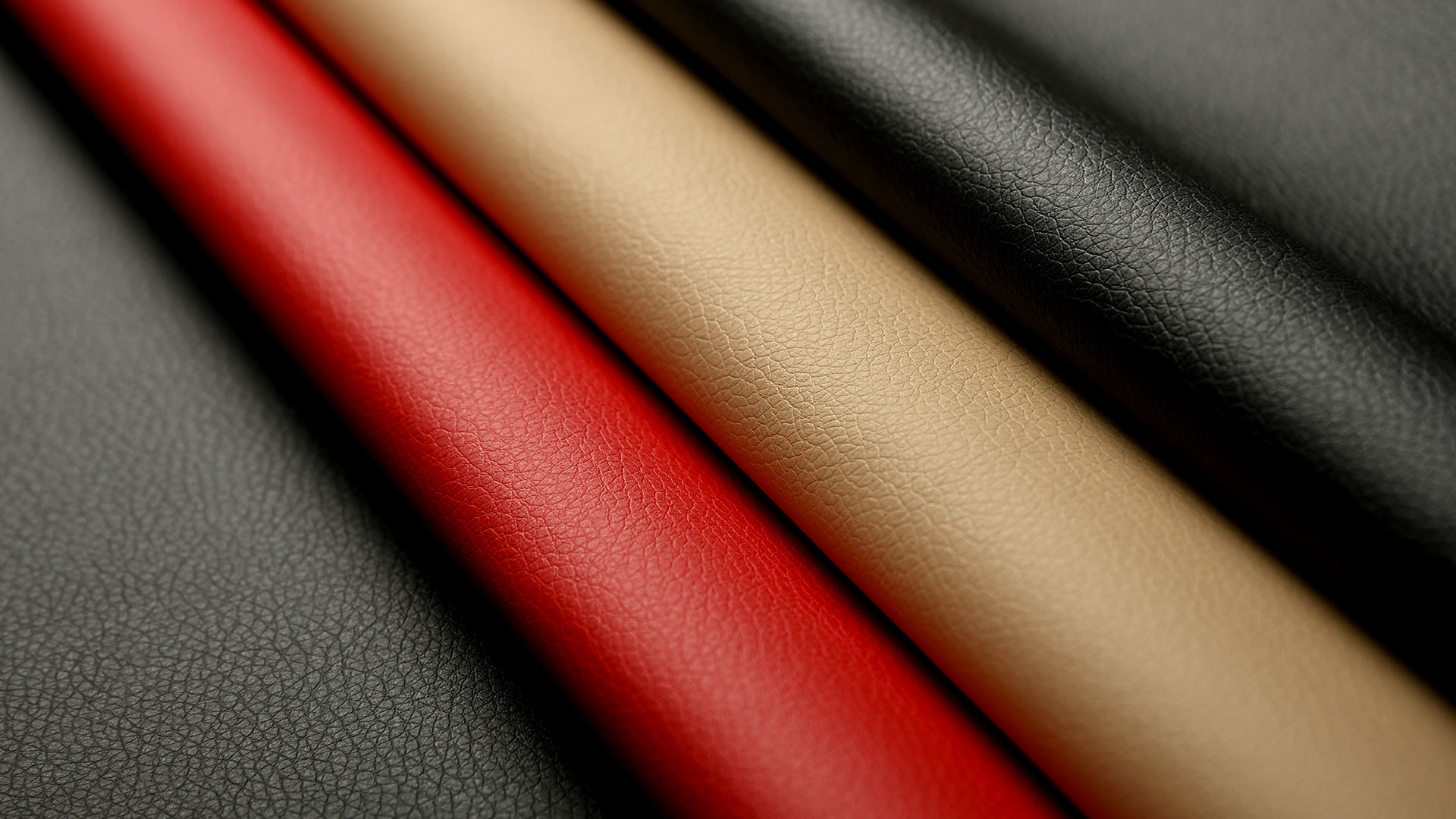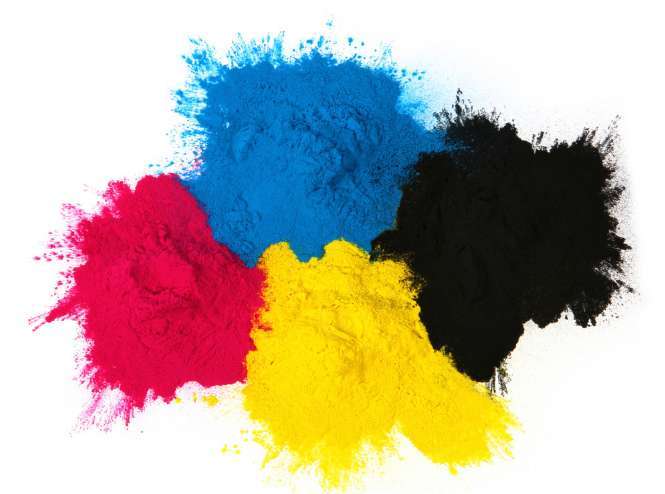Leather Dyes Specialized Manufacturer
Ltd. is an acid dyes, direct dyes, leather dyes, feed additives and other chemical raw materials manufacturers, products are mainly used in leather, wool, tweed, silk, paper, wood, metal and other industry sectors.
Common dyeing classifications for leather dyes
As a fabric for clothing, leather dyes come in various colors. But how are these colors dyed? Are you also interested in leather dyes for leather?
Here to tell everyone, leather dyeing mainly uses water-soluble leather dyes. The following content.
1. Acidic leather dyes
Acid dyeing is carried out in an acid bath, usually adding acid in the later stage of dyeing. The purpose is to deepen the color of the dye or fix the leather dye, hence the name acidic leather dyes. Common varieties include Acid Orange II, Acid Black ATT, etc.
2. Direct leather dyes
Refers to leather dyes that can dye leather without the need for a mordant during dyeing. In leather dyeing, there are more direct leather dyes and a more complete color spectrum.
3. Alkaline leather dyes
Alkaline leather dyes are also known as alkaline leather dyes. They have a wide spectral range, rich tones, and strong coloring ability, but they are prone to fading in both light and wet conditions. Additionally, there are metal complex leather dyes, reactive leather dyes, sulfurized leather dyes, etc., which are not listed here.
4. Leather color fixing
Regardless of which leather dye is used to color the leather, it needs to have resistance to wet rubbing. The testing method is to soak a white cotton cloth or gauze in water, squeeze out the water forcefully, and then rub the leather back and forth several times with the cotton cloth. The cotton should not get dirty. If it gets dirty, it will not resist moisture or discoloration. High-quality finishing oils should not fade or lose adhesion. For fading coating oils, fixing operations can usually be performed to improve the wet rubbing resistance of the coating oil.
Latest developments
Dezhou Jinmao Chemical Co., Ltd.
Address: 1922 Yingbin Street, Lingcheng District, Dezhou City, Shandong Province, China
WhatsApp:







